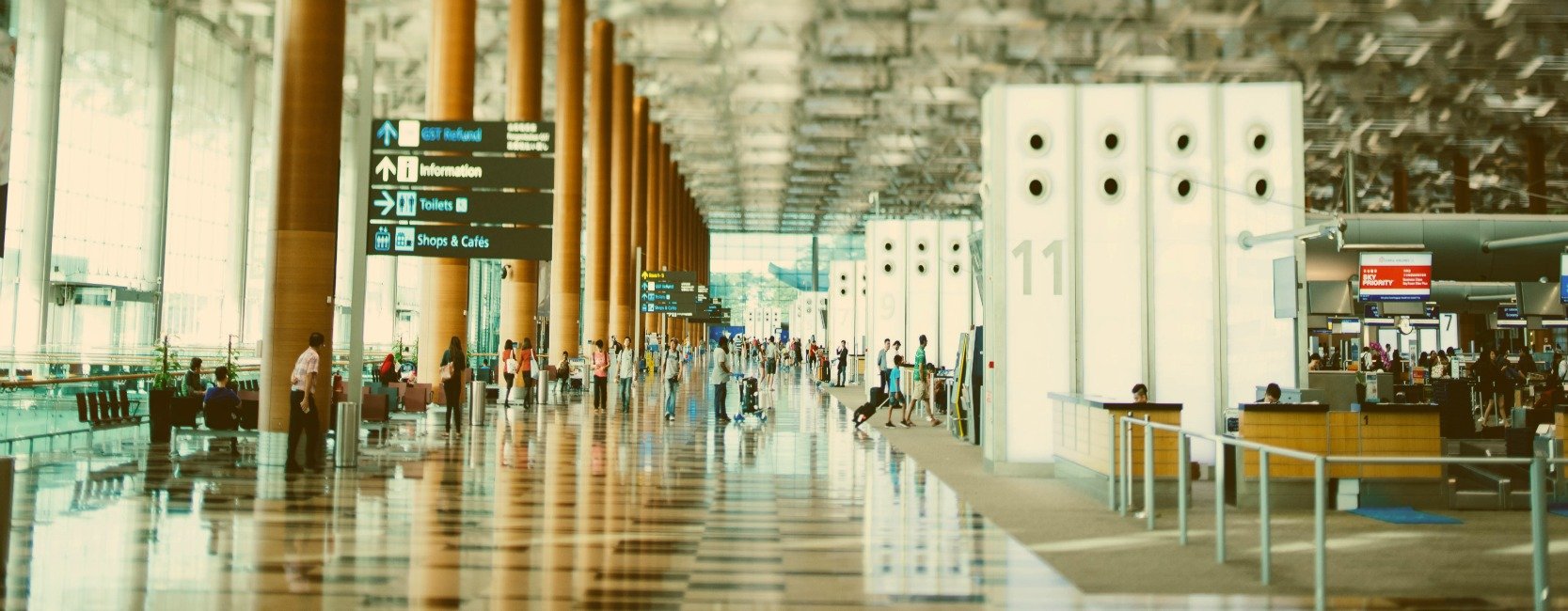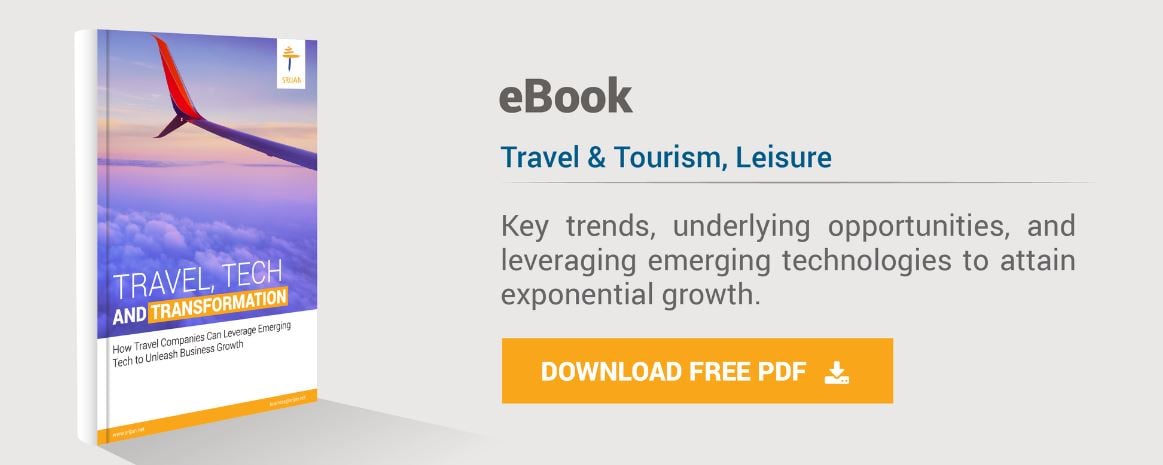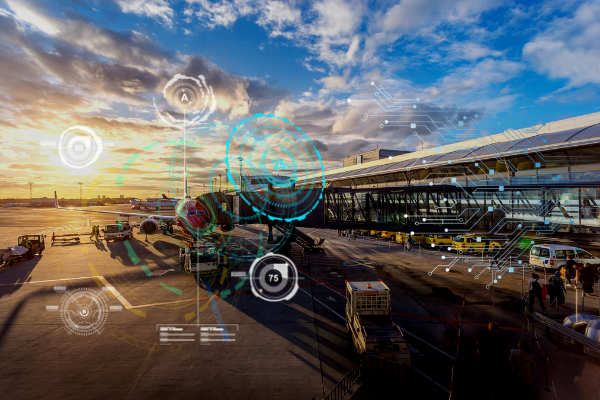Travel can be fraught with worry, even for seasoned travelers. How much time is immigration or security going to take? Will everything go smoothly? Will the luggage make it to the destination? What happens if it’s put on a different flight-? What’s the stay going to be like? And so on.
If airports, airlines and hotels could take a lot of this worry out of the equation, it would translate into a less-stressed traveler. And that usually means more money spent on the services on offer, and less effort and time on trying to resolve problems. Everybody wins. Similarly if every asset that comes into the purview of flights, luggage management, and room handling, can be tracked and monitored the result is improved availability and enhanced efficiency. In turn, turnaround times become far better and operational costs go down drastically. Again, great wins.
And that’s how the Internet of Things (IoT), one of the key technology innovations in the travel industry, promises to transform the tourism and hospitality landscape. And the wave already here, maybe not as quickly as travelers would like, but there are implementations across the world, and the results look good.
Airports take off with IoT

Reduce Flight TAT: Things started moving in 2013, when the London City Airport became the first airport to test out IoT. In the pilot project that ran across 12 months, saw the deployment of a way to measure passenger journeys using a sensor and camera network. The project also had asset tracking that used GPS/3G/Wi-Fi enabled tracking devices to monitor the position and movement of airport equipment, to reduce the turnaround time for flights. The other key part of the project was an app for passengers that would deliver alerts related to their specific flights and services available to them based on their location in the airport.
Other airports soon followed suit.
Download our Travel, Tech, & Transformation ebook to stay on top of industry trends, and leverage emerging tech to ride the travel industry growth wave.
Passenger Notification: In 2015, Gatwick Airport started trials for a queue measurement system using sensors with cameras mounted in the ceiling. The sensors could measure the height and shape of the objects below and could detect people with almost 100% accuracy. The idea was to give an estimate of check-in times and then push that information to the passengers.
Personalized Airport Experience: Miami International Airport installed a network of 500 Bluetooth data beacons around key areas in the airport. The data is used to feed into the app meant for passengers who can scan their boarding passes, and receive navigation information to their gates. Suggestions for nearby shopping and dining can also be pushed to the users, based on a customizable profile.
Reduce Passenger Congestion: The Internet of Business reports that since 2016, the busiest year for UK’s Birmingham Airport, the airport authorities decided to leverage technology solutions to ease out the congestion. They deployed a sensor-agnostic tracking and monitoring system called BlipTrack. It captures data from Bluetooth and Wi-Fi connected sensors to detect mobile devices. And pushes information such as “travel times, dwell times and passenger movement patterns.” The data captures helps the airport teams figure out wait times, allowing in time resource planning for resources and thus avoiding passenger congestion.
Improve Hygiene Compliance: Another use case that has been in the pipeline for Columbus Regional Airport Authority is that of sensors on soap and other toiletries dispensers to send out information as they begin to run out. This cuts down on the need for manual checks of all such dispensers, which brings down costs significantly while pushing up efficiency.
So airports are well on their way with testing IoT. What about hotels?
Delivering a personalized service in hotels

Personalized Service: Virgin Hotels offer an app to their guests with which they can control their room’s thermostat or TV. Many hotels are experimenting with keyless entry as well. Marriott has been testing out real Like buttons to let guests give feedback on the amenities and services.
Use cases can be limitless, as hotels strive to deliver a seamless, delightful experience to their guests. Sensors can be used across a property in - various ways to predict guests’ needs and moods, offer recommendations and make it easy for the guest to partake of that experience. As a guest visits again and again, the data can be used to deliver highly personalized services - turning a happy guest into a brand advocate.
Enhanced Customer Experience: At Disney World, Orlando, guests have been experiencing some tech magic using a MagicBand. If you have made reservations to eat at a restaurant, and you’re wearing your band, you will be welcomed by name. And the food will automatically find you no matter where you sit. The MagicBands are stylish rubber wristbands, each with an RFID chip and a radio in it. It connects to a vast system of sensors in the park. With the data you have made available, the park then can tailor an experience that is customized for you. You can use the band to swipe into rides. You don’t have to carry cash, the band is linked to your credit card. You don’t have to wait in queues, don’t have to worry about calling cabs. The benefits are endless. If you have signed up for Magic Express, you don’t even have to worry about your luggage reaching your hotel from the airport. It is nothing short of magic.
And that’s how IoT is enabling travel related businesses bring a whole new experience to travelers and guests. A lot of sensor or beacon data that they can use in a million different ways to make the travel experience not just great, but memorable.
What would you want to deliver using IoT to your customers? Have an idea? Let’s chat.
Our Services
Customer Experience Management
- Content Management
- Marketing Automation
- Mobile Application Development
- Drupal Support and Maintanence
Enterprise Modernization, Platforms & Cloud
- Modernization Strategy
- API Management & Developer Portals
- Hybrid Cloud & Cloud Native Platforms
- Site Reliability Engineering




